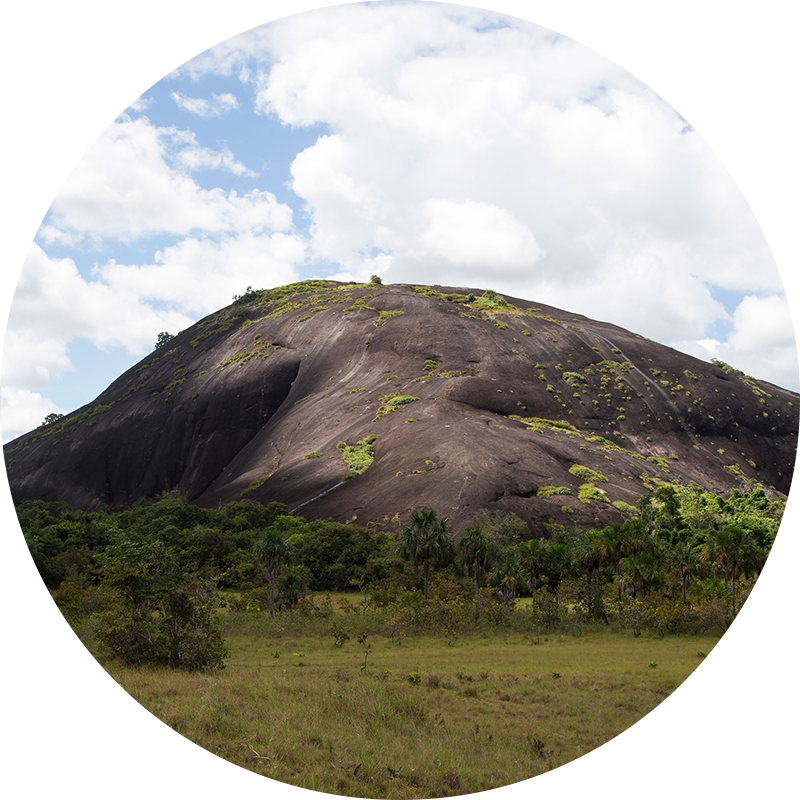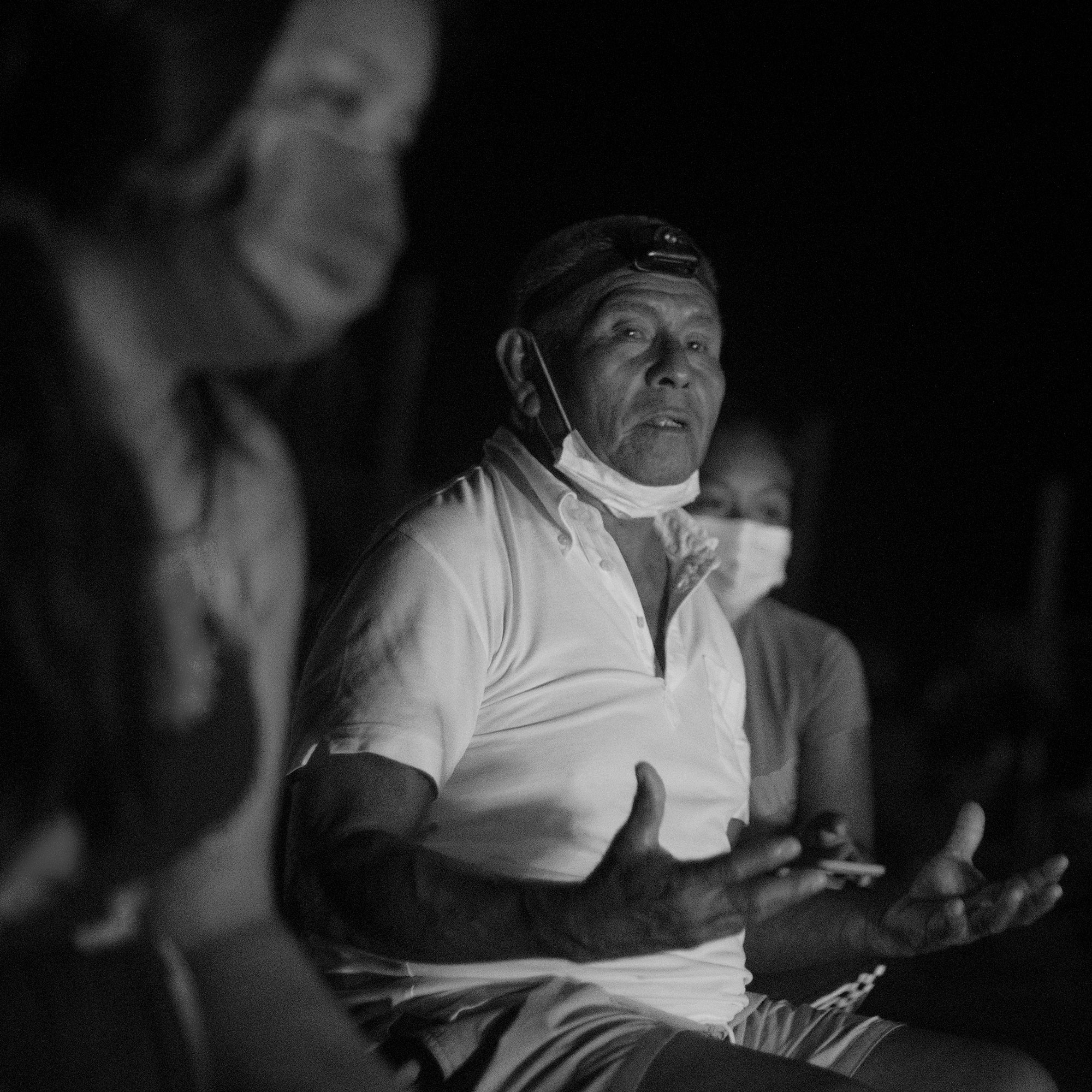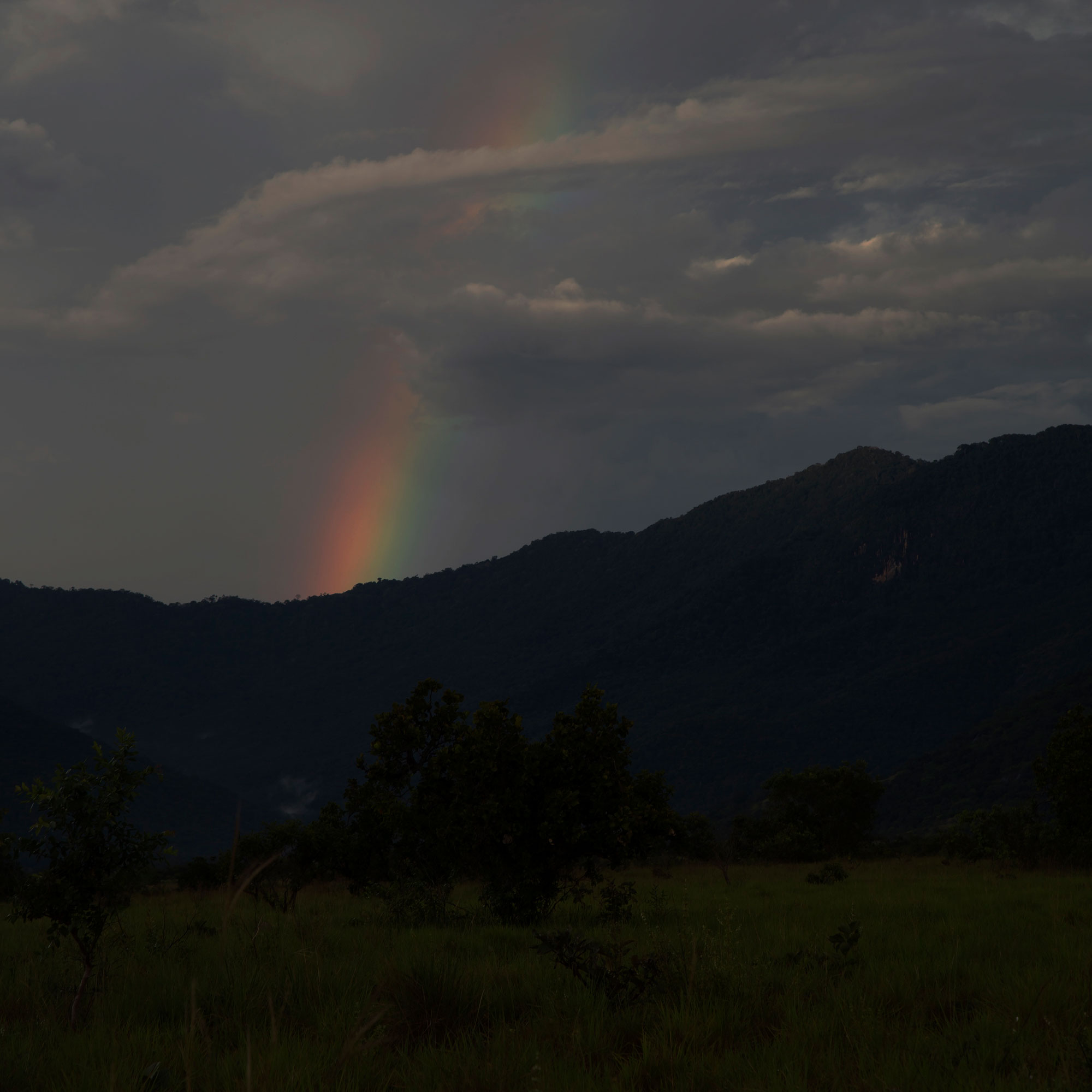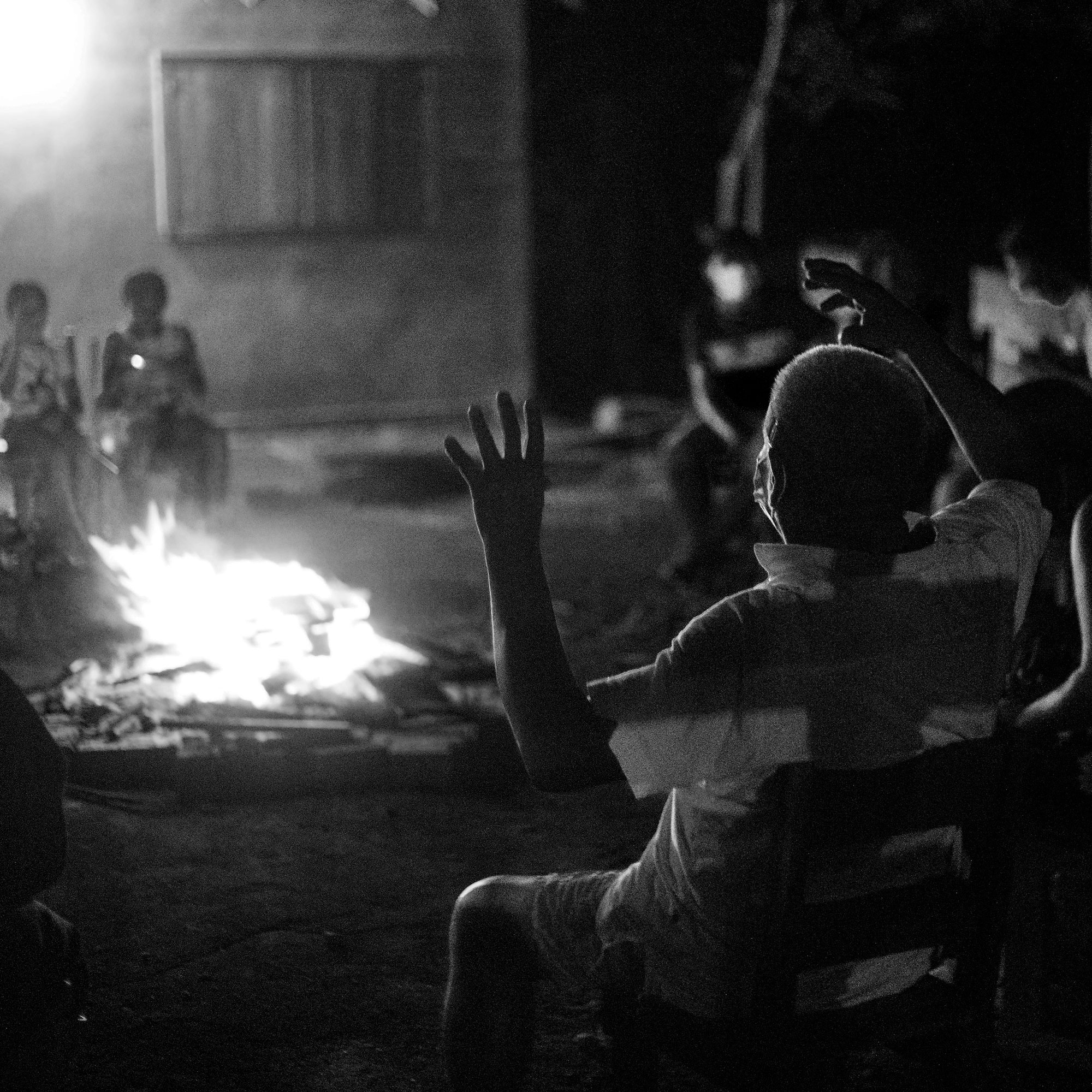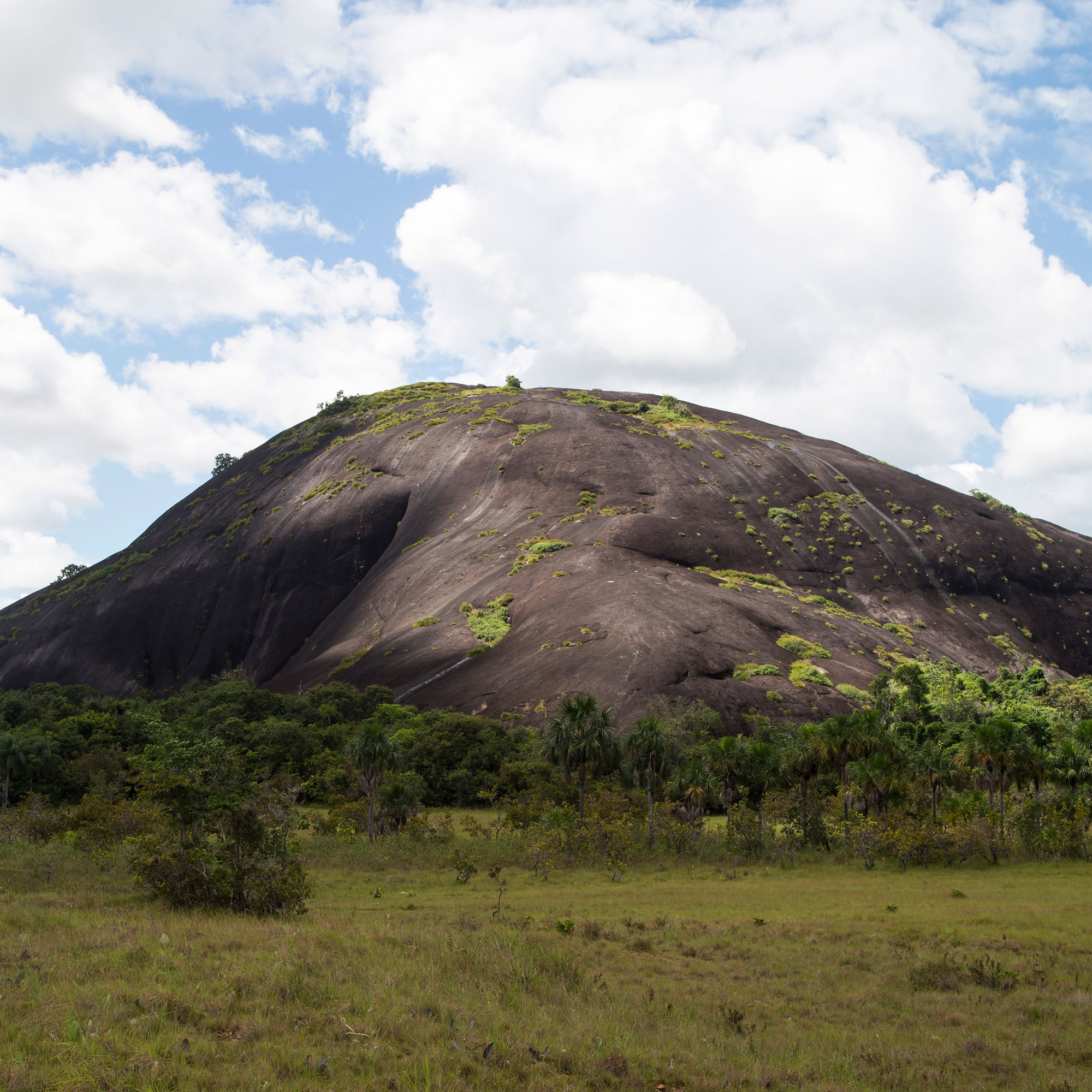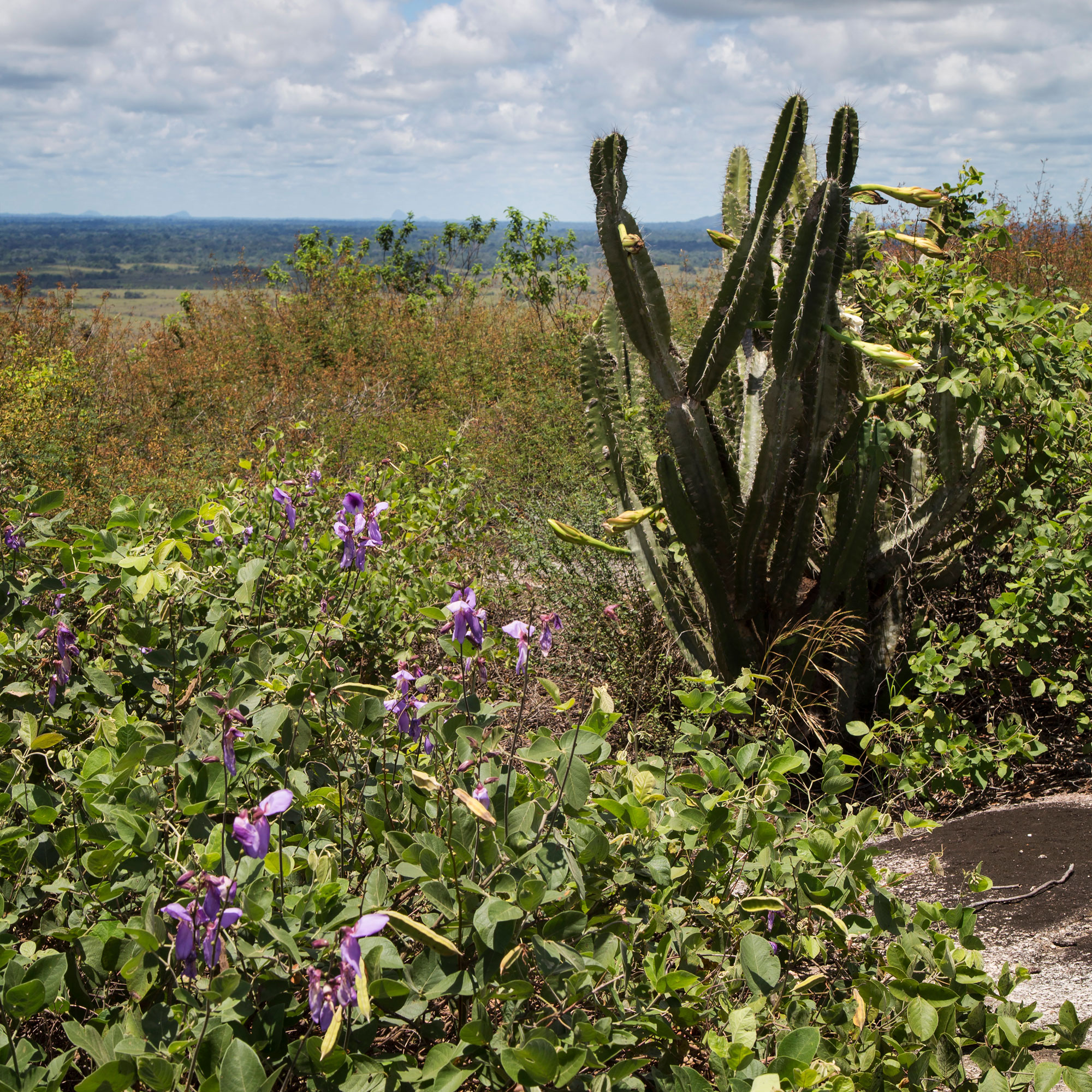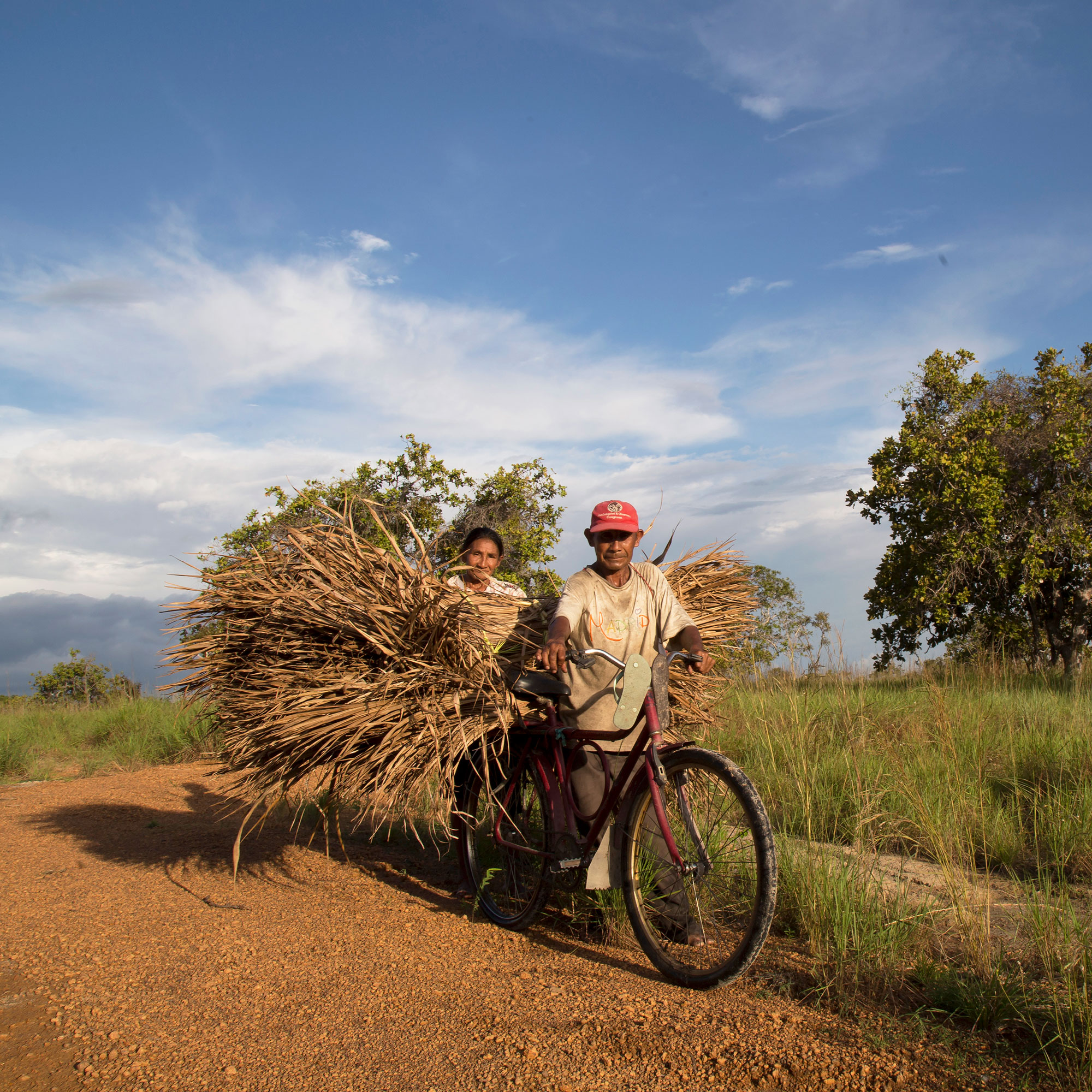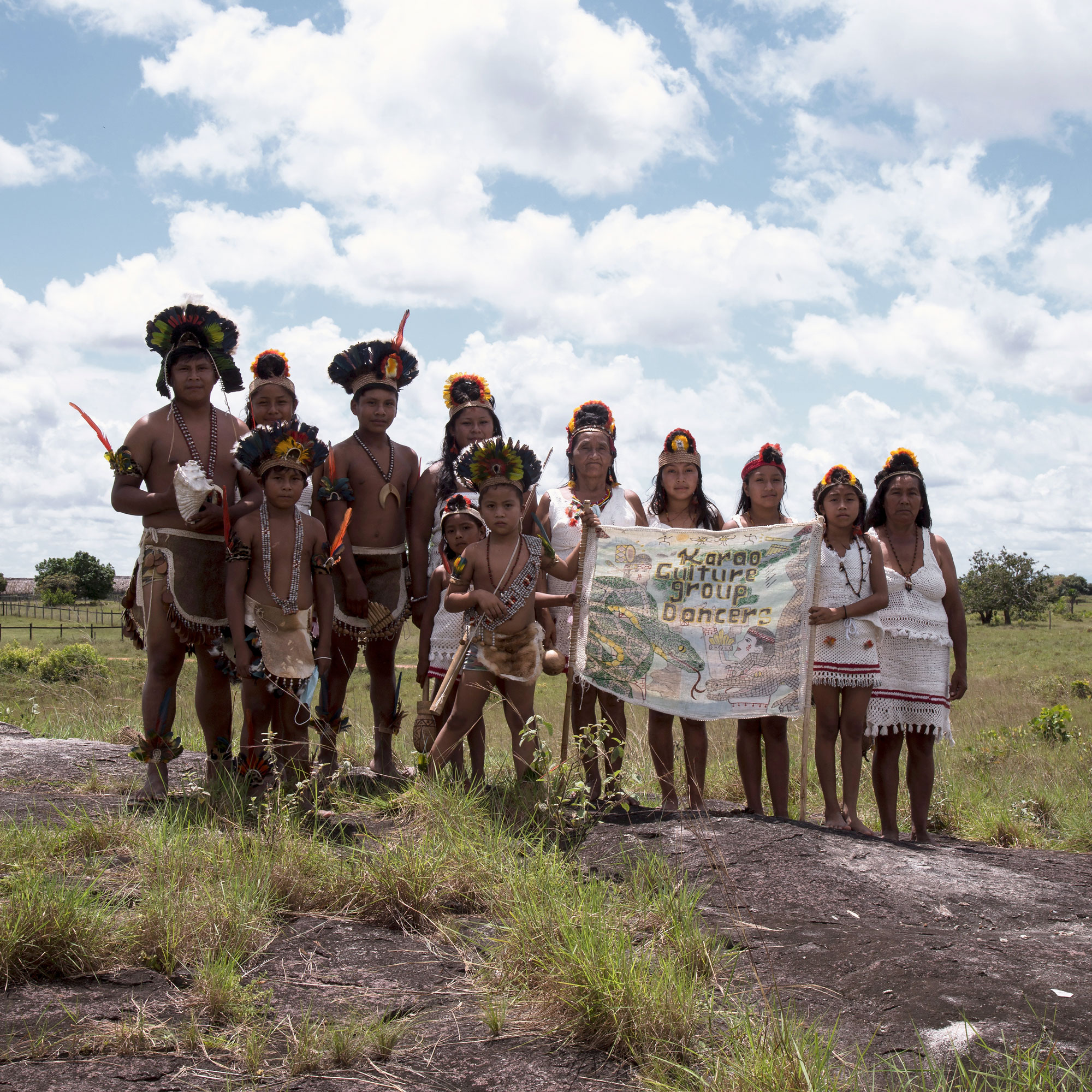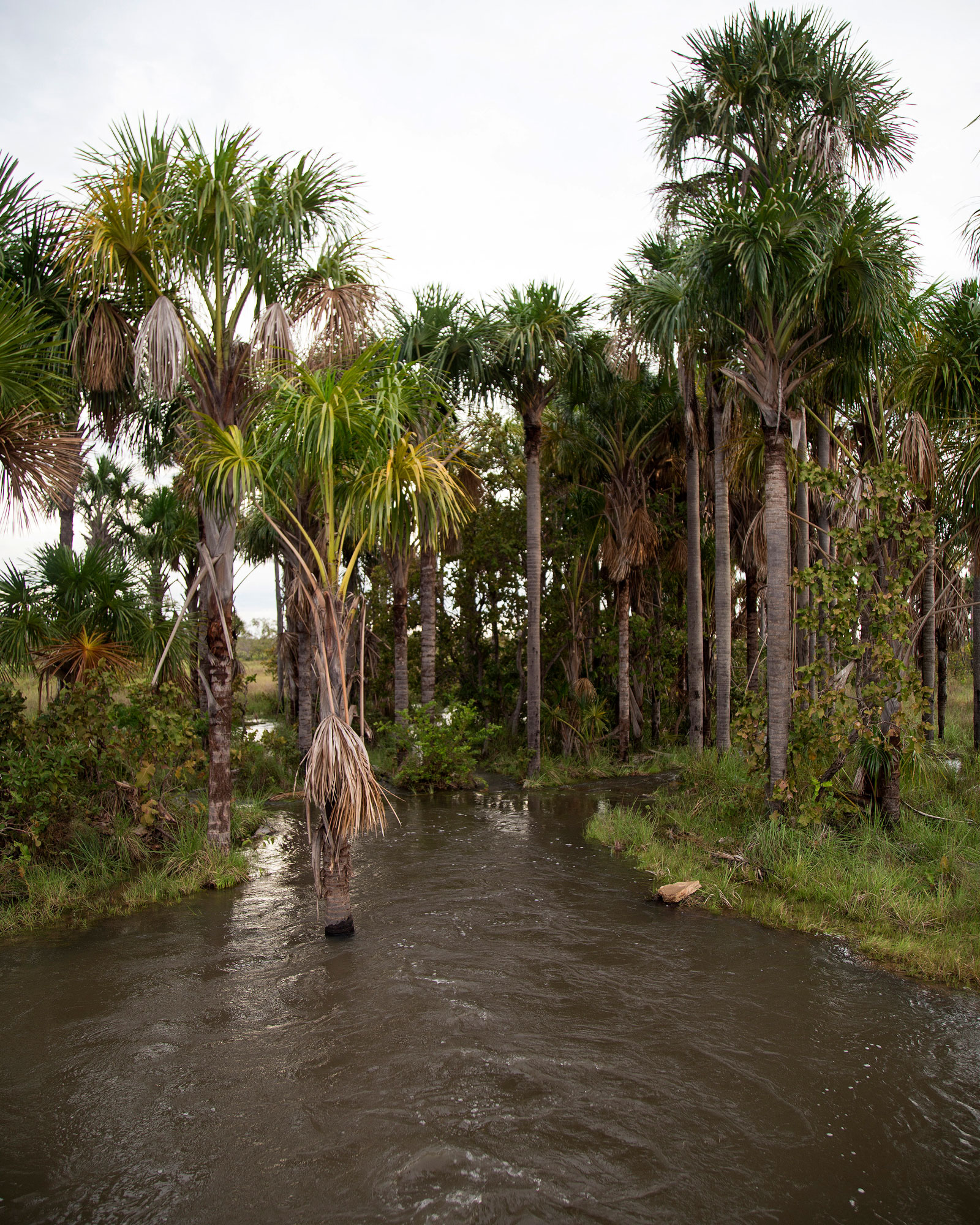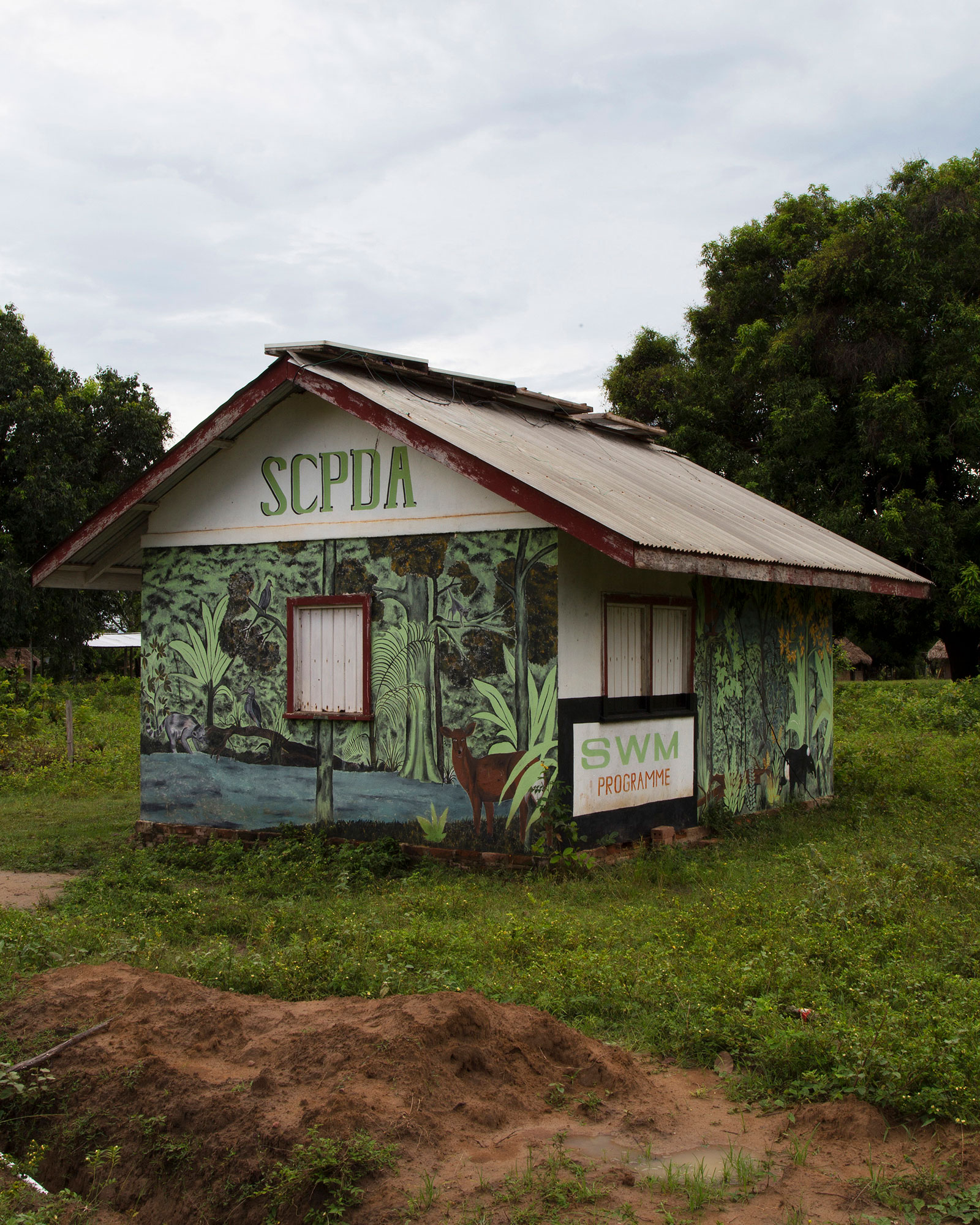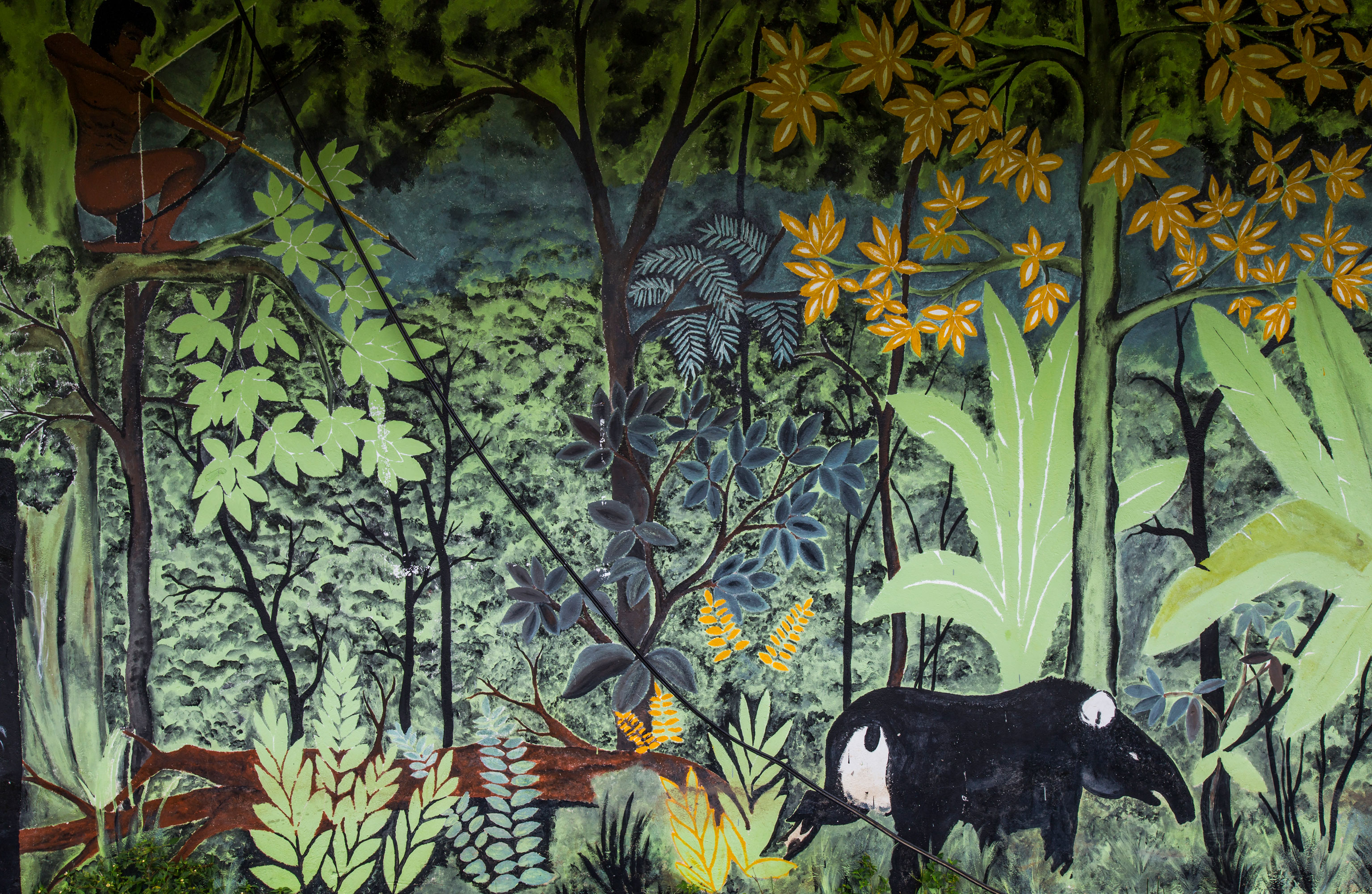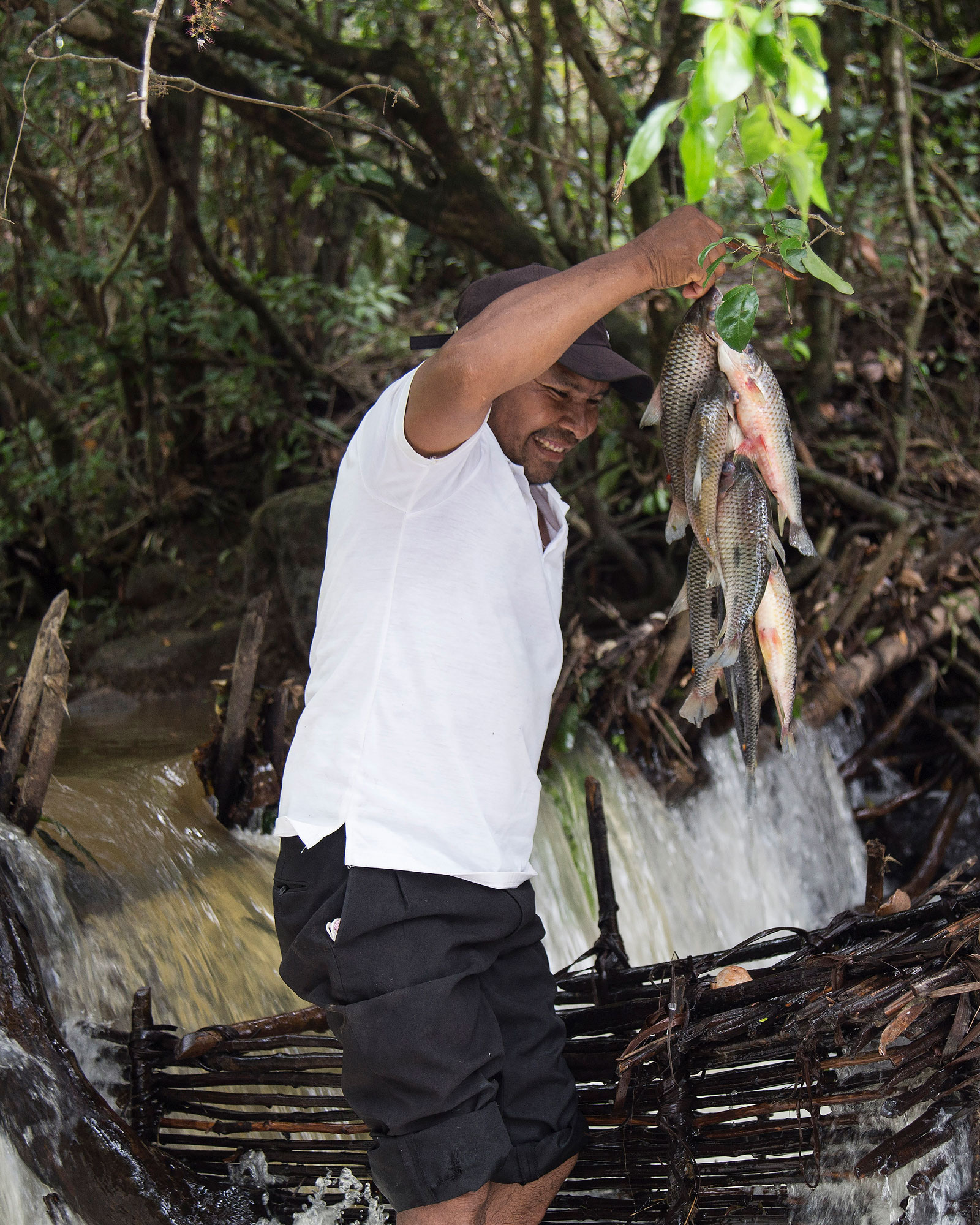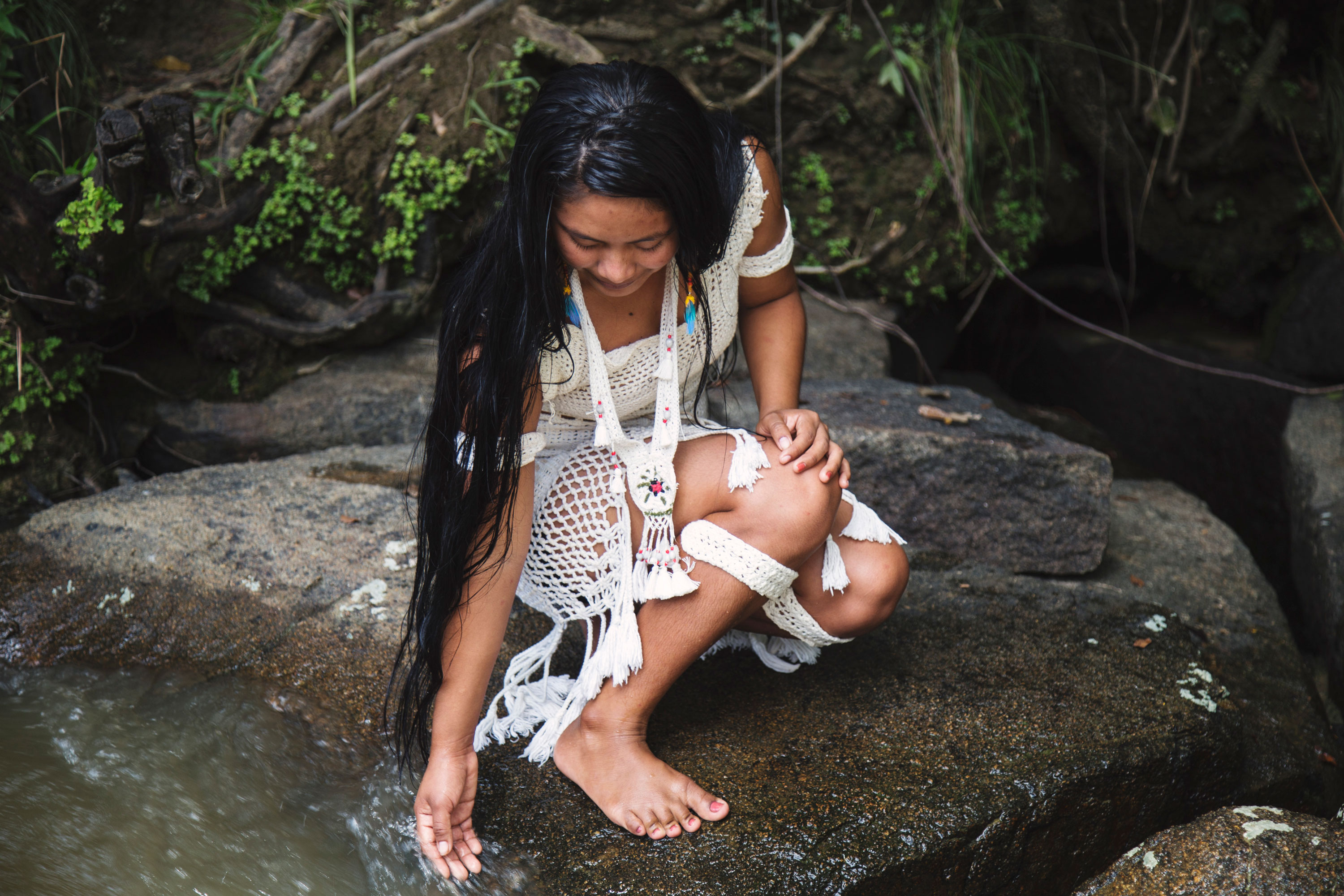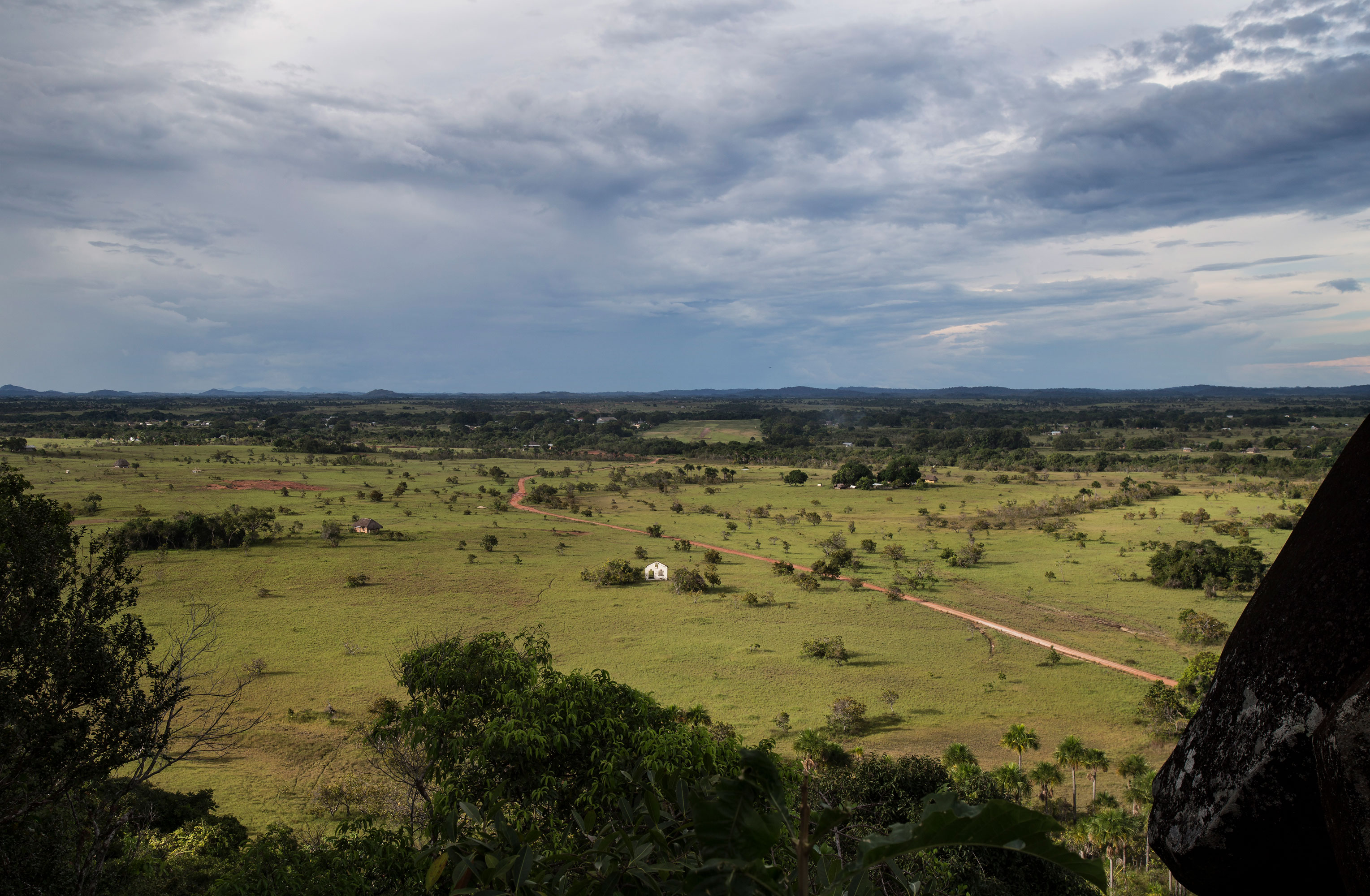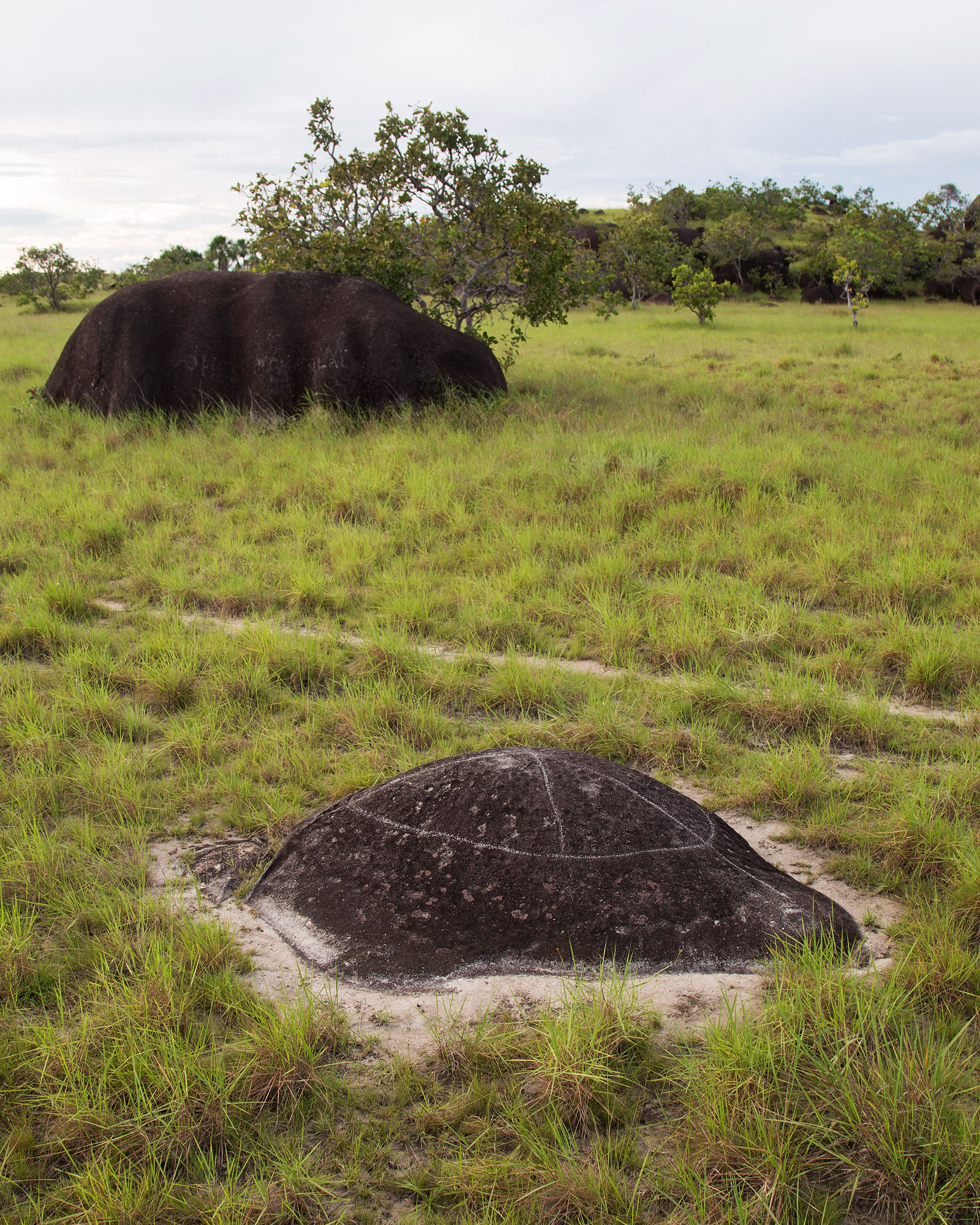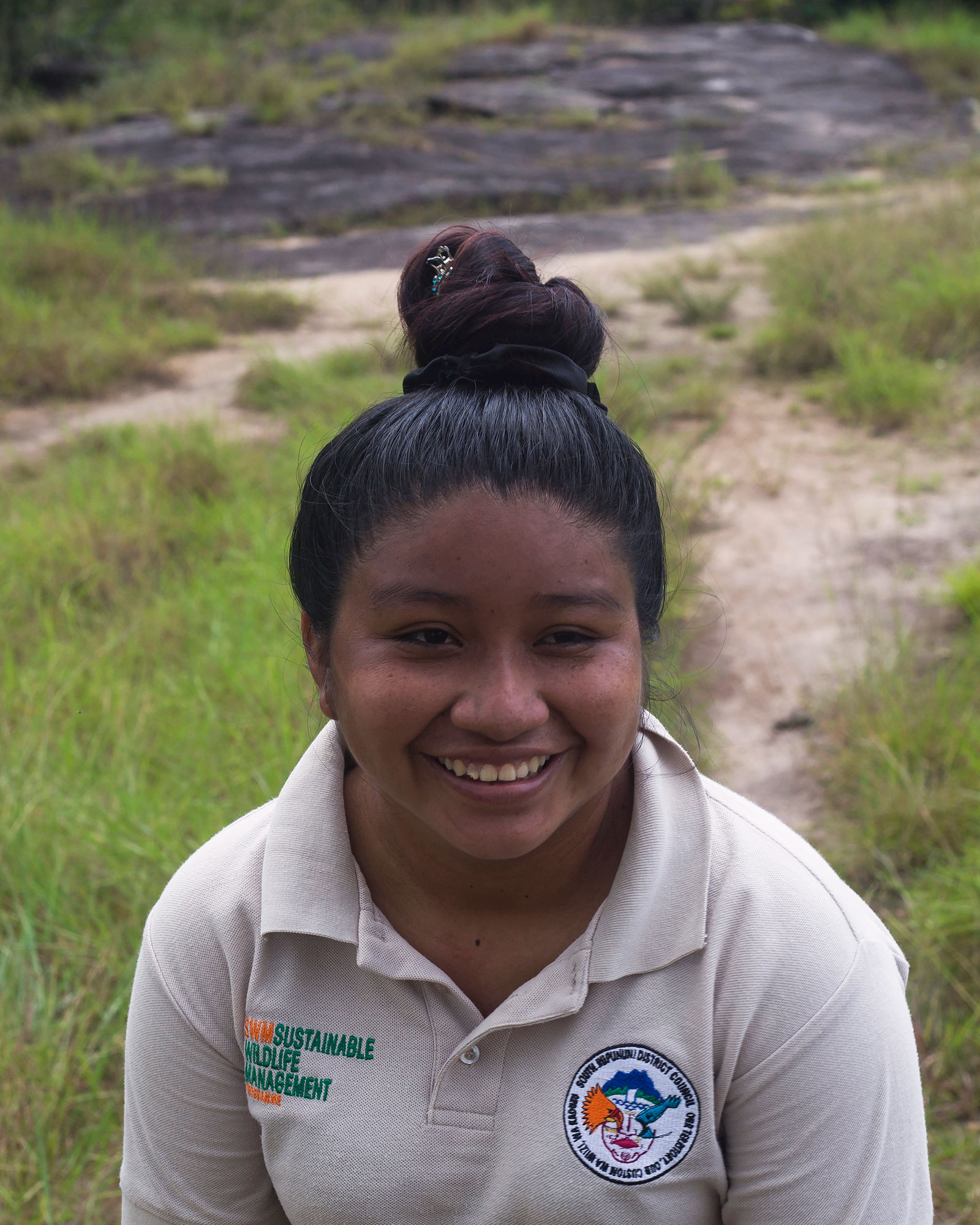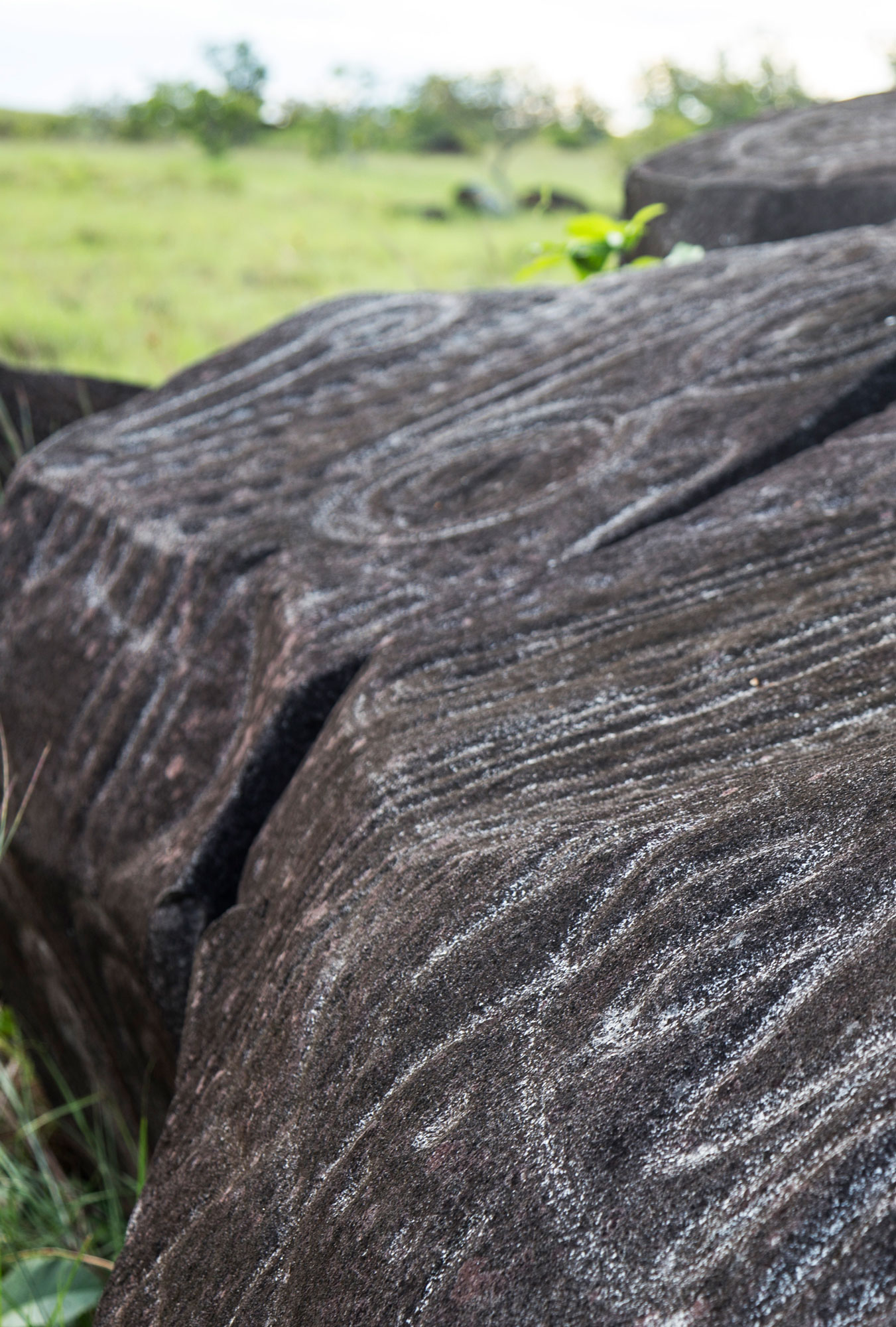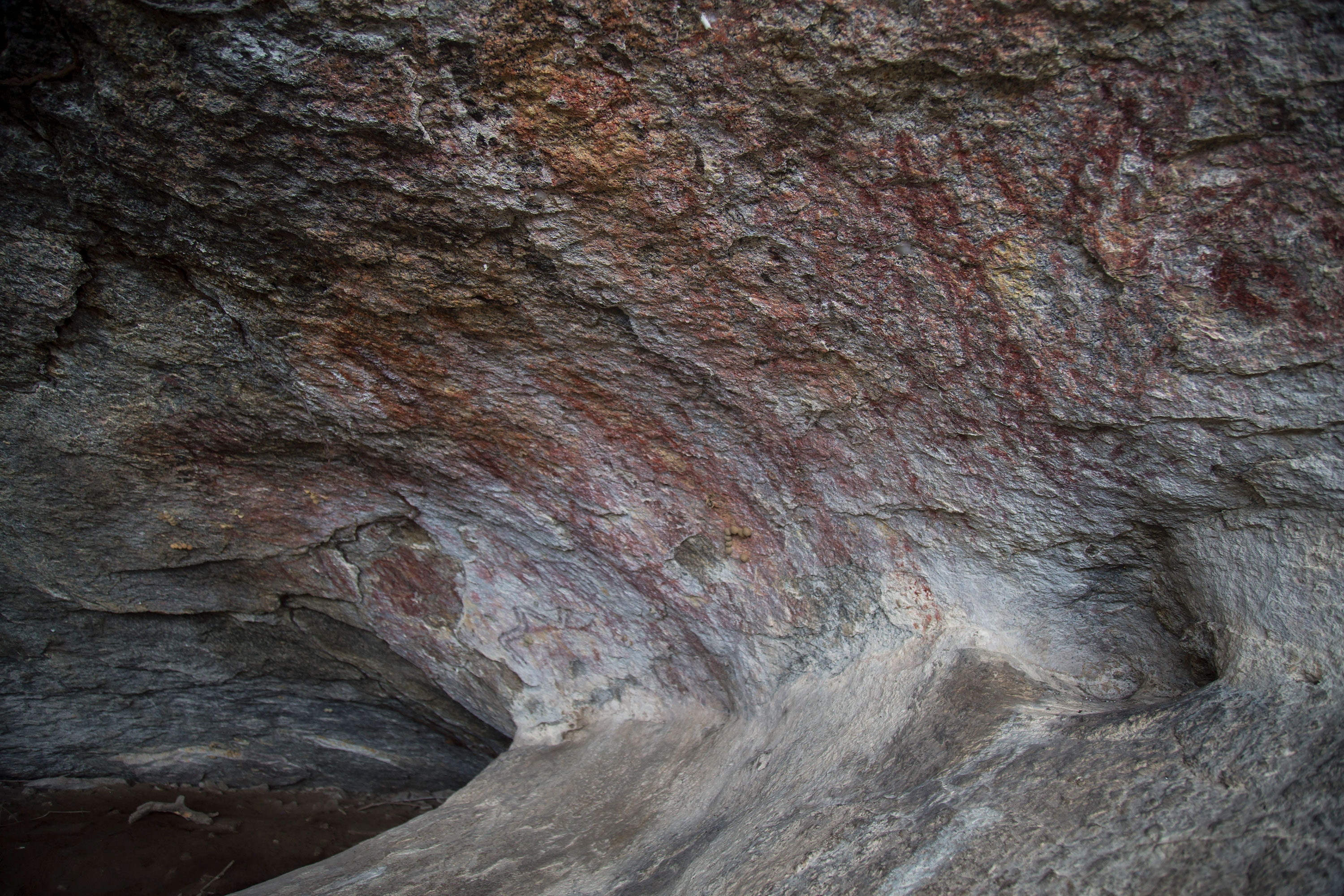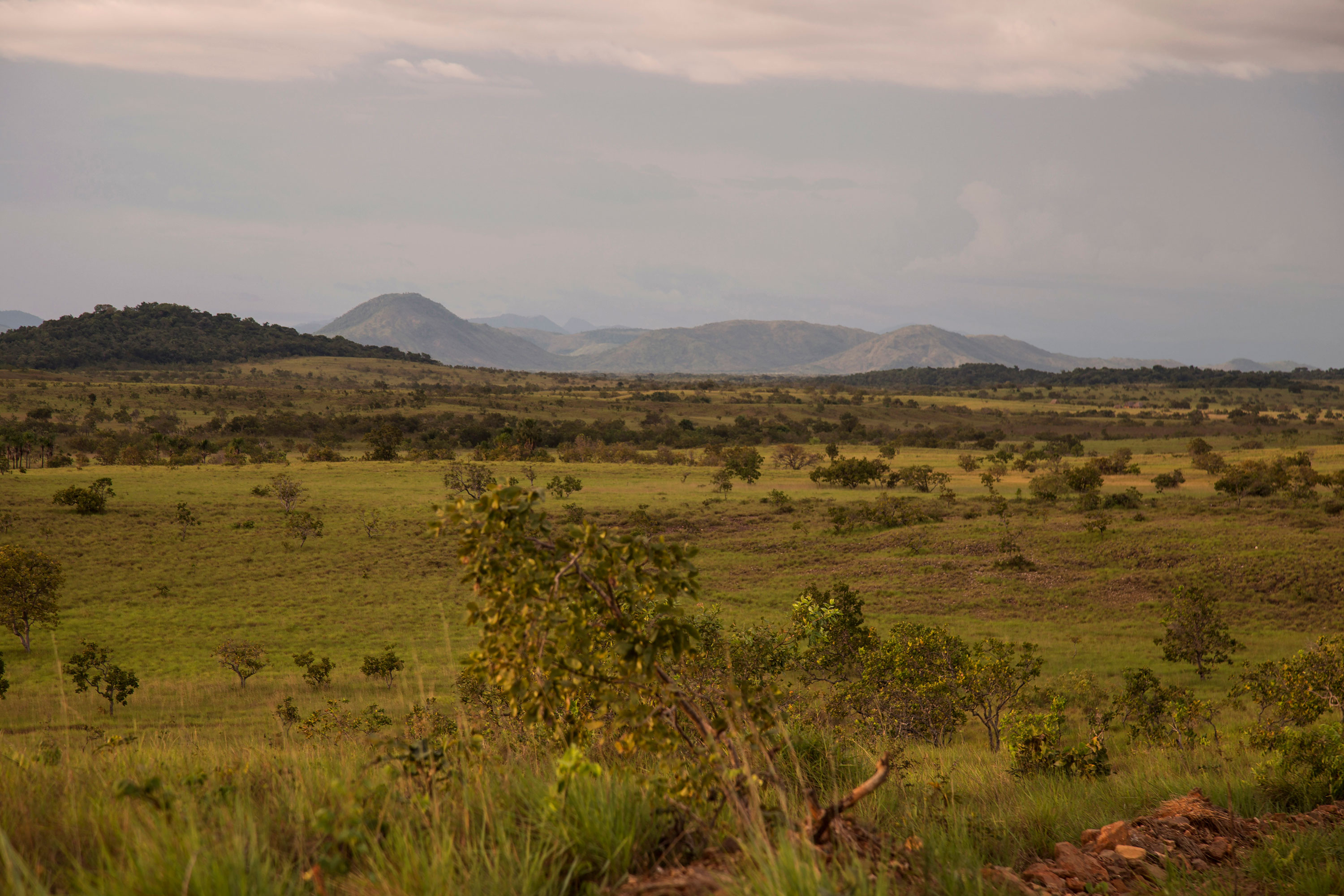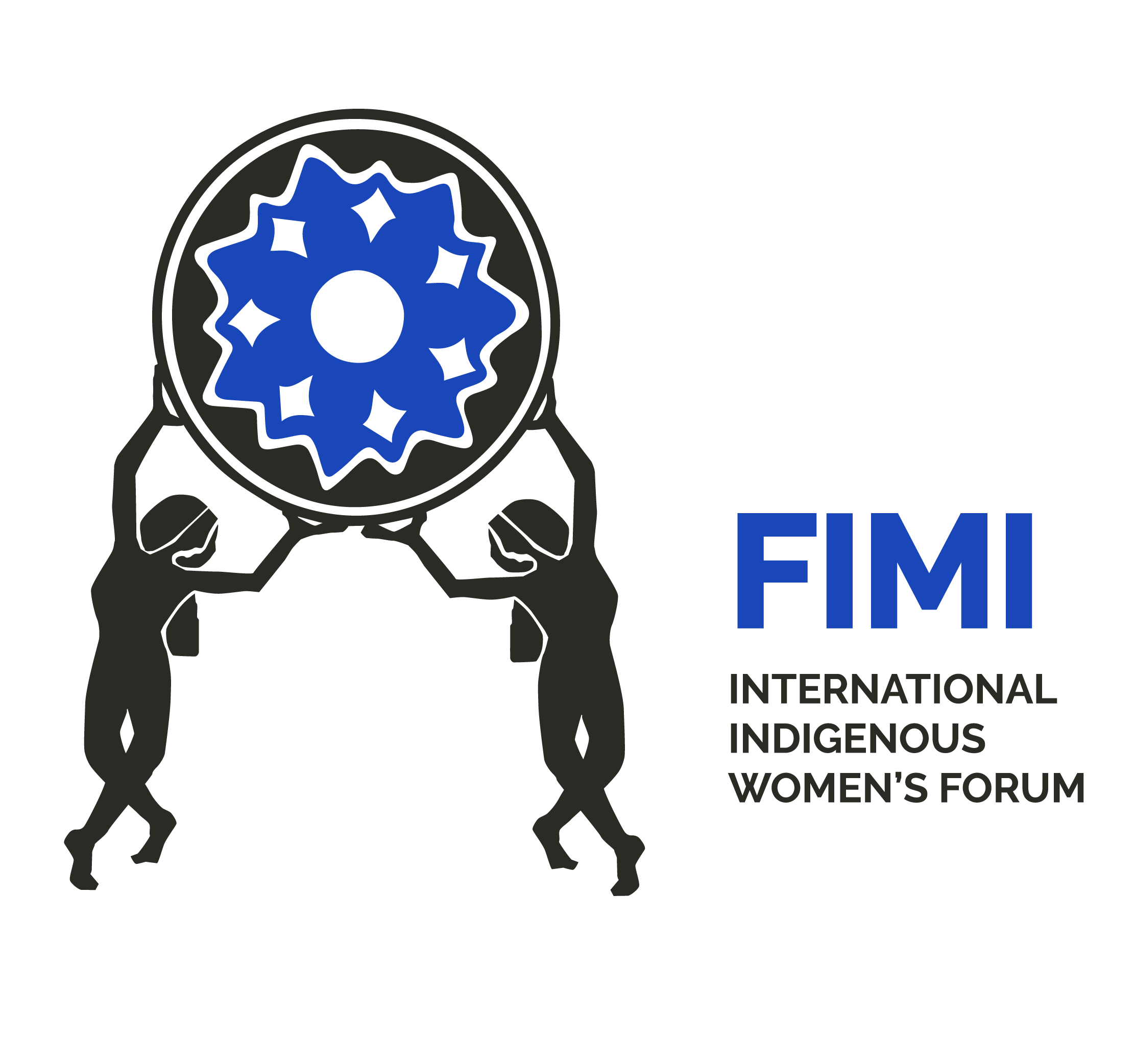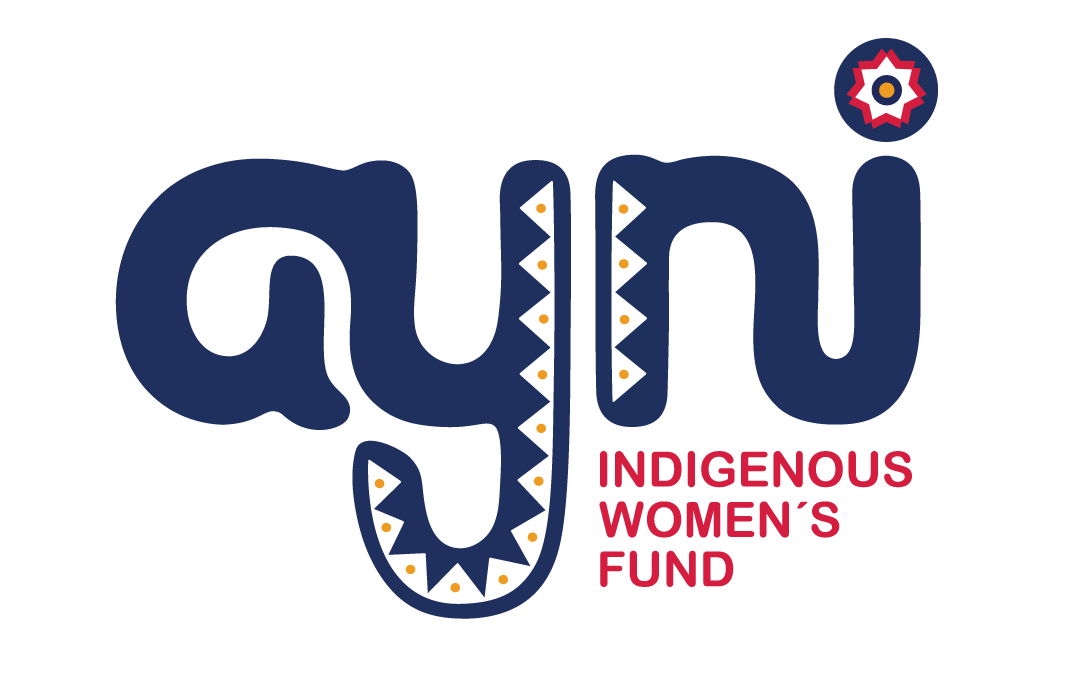“It is through language that we connect with other traditions like respect for the land, knowledge of how to use it, knowing the different seasons, knowledge of medicine, food, craft, and dance,” says Judy Winter, 18, explaining with concision why she and her community defend their customs.
The strength in the words of this young woman, in spite of her age, might astound many. But it makes perfect sense when Judy speaks about the project she has been working on. For over a year, Judy has traveled widely among the towns and villages of her home region, searching for elders and what she calls knowledge-holders willing to share the traditions and wisdom that their descendents have mostly forgotten.
